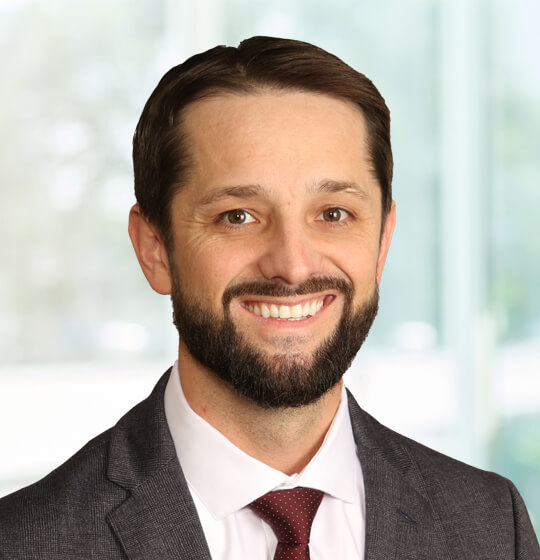On June 15, 2016, the California Legislature approved Governor Jerry Brown’s budget. As part of the budget, the Legislature passed SB 836. Included as part of this 96-page budget “trailer bill” are a number of amendments to the Labor Code Private Attorneys General Act (PAGA).
In sum, the changes give the LWDA (1) more time to investigate and issue citations for Labor Code violations; (2) more oversight over PAGA actions; (3) an opportunity to object to proposed PAGA settlements as insufficient; and (4) more funds to investigate and issue citations for Labor Code violations (due to the new filing fee requirement).
History of the Amendments
These PAGA amendments were whittled down from a larger number of changes first proposed by Governor Brown in a budget change proposal he submitted to the California Department of Finance in January of this year.
In that proposal, the governor asked for additional funding for the California Labor and Workforce Development Agency (LWDA) to provide more oversight and increased enforcement of the Labor Code provisions upon which private parties have been filing PAGA actions in California courts. In his initial proposal the governor stated: “The administration is committed to reducing unnecessary litigation and lowering the costs of doing business in California to support a thriving economic environment,” and that “[g]iven the scope and frequency of PAGA filings, there is a great opportunity to increase the rate of administrative handling of cases versus the courts.”
As the result of private negotiations between the governor, the plaintiff bar, and labor representatives, the actual PAGA amendments included in SB 836 are much more modest in addressing the issue of preventing “unnecessary litigation” than what the Governor initially included in his proposed bill.
The Details
The amendments will become effective immediately upon the Governor’s signing the bill, which should be within the next week or so. These amendments provide the following:
- The LWDA has 60 days to review PAGA notices, instead of the current 30 days.
- A PAGA plaintiff cannot commence a civil action until 65 days after sending notice to the LWDA, instead of 33 days.
- The LWDA has 65 days to notify the plaintiff and employer of its intent to investigate, instead of 33 days.
- For cases filed on or after July 1, 2016, the LWDA may extend its deadline to issue citations to up to 180 days.
- For cases filed on or after July 1, 2016, the LWDA must be served with a copy of any PAGA complaint filed in court.
- The LWDA must be provided with a proposed PAGA settlement at the same time the settlement is submitted to the court for the court’s required approval.
- The LWDA must be provided with any order that approves or denies a PAGA settlement.
- PAGA notices must be submitted to the LWDA online.
- PAGA notices must be accompanied by a $75 filing fee.
- PAGA cure notices must be submitted by employers to the LWDA online.
The Impact of These Amendments
It remains to be seen how these PAGA amendments will impact employers with respect to the increasingly more common practice of plaintiff firms to both add PAGA claims to class-action lawsuits and to file PAGA-only representative actions. It is also uncertain how the amendments will impact the number of PAGA claims that will be accepted for administrative enforcement actions by California’s labor law enforcement agencies (usually the labor commissioner) in lieu of permitting private parties to prosecute these actions instead. It is probable, however, that these amendments will result in the LWDA becoming more active both in reviewing initial notices of claims filed by private parties for possible direct action and in exercising its newly defined statutory right to intervene in PAGA civil penalty settlement proposals by private parties that must be approved by the courts in such actions.
Whether any of these possible impacts will result in the governor’s stated objective of “reducing unnecessary litigation and lowering the costs of doing business in California to support a thriving economic environment” remains to be seen.





